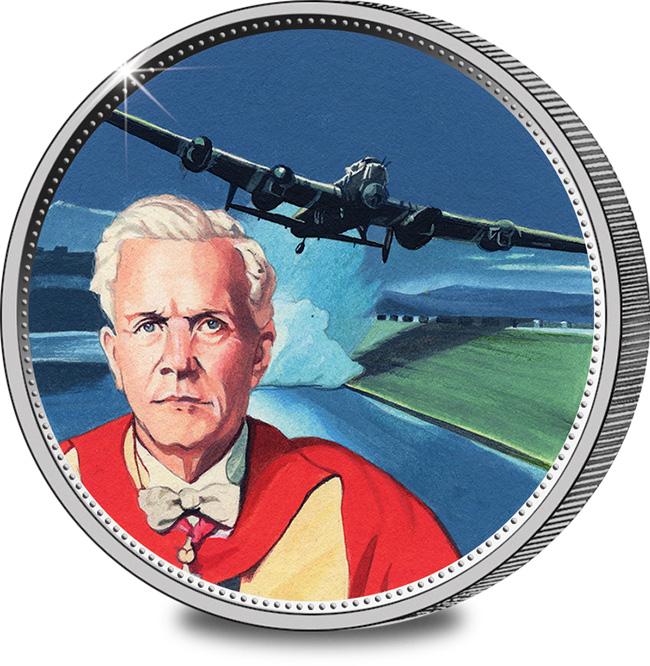
 |
Full name: Barnes Wallis
Born: 26th September 1887
Invention/Achievement: The 'Bouncing
Bomb'
Date of introduction/Achievement: Used in
action, May 16/17th 1943
Died: 30th October 1979
|
Reginald Joseph Mitchell is most well known as the designer of
the iconic Supermarine Spitfire, without which the Battle of
Britain might well have been lost, and yet it almost never made it
to the ranks of the Royal Air Force.
The prototype Supermarine Type 300 made its first flight on
5th March 1936 and its public debut on 18th
June at Eastleigh. As the pilot Jeffrey Quill started his
take off run he noticed the oil pressure gauge drop to zero.
He took off, reduced power to circle then risked one last
burst of power to come in safely to land. An oil pipe had
come adrift, draining the engine lubricants. Had the only
Spitfire in existence crashed, the RAF might well have cancelled
its contract and looked elsewhere.
As it was, the first Spitfire Mk 1 entered service with No 19
Squadron, Duxford, in July 1938 and at the height of the Battle of
Britain the RAF fielded 19 Spitfire squadrons.
The Supermarine Spitfire remained in production until 1948 and
in service with the RAF until 1954. Over 20,000 of all 24
marks were produced and the aircraft served in all theatres of war,
in interceptor, fighter bomber, reconnaissance and trainer roles.
It showed almost limitless capacity for development with the
final Spitfire having more than twice the power, double the takeoff
weight, five times the firepower, 100 mph higher speed, with the
990-hp Rolls Royce Merlin engine replaced by the 2,340 hp Rolls
Royce Griffon.
Sadly, RJ Mitchell didn't live to see the ultimate triumph of
his masterpiece. He died of cancer on 11th June
1937 and was replaced as head of the Spitfire team by his colleague
Joseph Smith.
Mitchell had left school at 16 and studied engineering and
mathematics at night school. In 1917 he joined the
Supermarine Aviation Works at Southampton, becoming Chief Designer
in 1919. He designed a number of flying boats, Including the
Supermarine Sea Eagle, Sea King, Walrus and Stranraer.
His major triumph was the design of a series of aircraft for the
Schneider Trophy competition, culminating in the Supermarine S.6b,
which won the trophy outright for Britain in 1931.